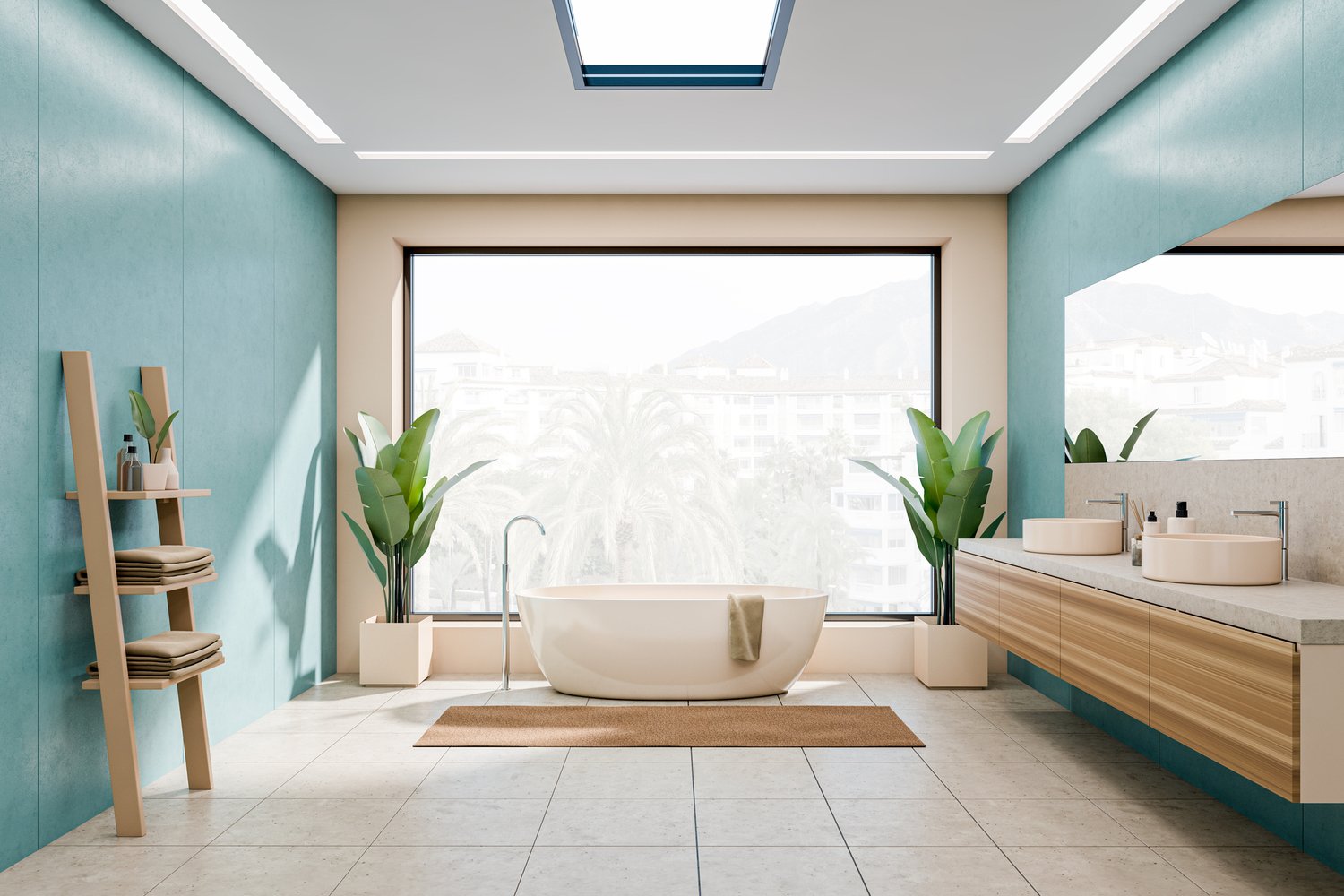A backyard swimming pool offers countless hours of recreation and relaxation, but it also comes with significant responsibility. Implementing proper home swimming pool safety measures isn’t just recommended—it’s essential for preventing accidents and protecting loved ones, especially children and pets. According to the Consumer Product Safety Commission, drowning remains the leading cause of unintentional death among children ages 1-4, with residential pools being the most common location. This article explores the critical pool safety features every homeowner should install, from physical barriers to advanced technology solutions that help create a childproof pool environment.
Pool Barriers: Your First Line of Defense
Proper fencing remains the most fundamental of all pool safety features. A well-designed pool barrier should completely surround the swimming area with a minimum height of 4 feet, though 5 to 6 feet is preferable for maximum protection. The fence should have no footholds or handholds that would allow a child to climb over, and vertical slats should be spaced no more than 4 inches apart to prevent small children from squeezing through. The most effective pool fences are non-climbable and self-closing with self-latching gates that open outward, away from the pool area.
Mesh pool fencing has become increasingly popular as it offers visibility while maintaining safety. These removable barriers can be installed and removed as needed, making them practical for occasional entertaining while ensuring protection when supervision is limited. Remember that local building codes often have specific requirements for pool barriers, so check with your municipality before installation to ensure compliance with regulations.
Pool Covers: Protection When Not in Use
Safety covers represent another crucial layer in your home swimming pool safety strategy. Automatic covers, while more expensive, offer convenience and reliability since they can be easily deployed with the turn of a key or push of a button. These covers can support the weight of several adults, providing protection strong enough to prevent accidental falls into the water. Winter safety covers, designed for seasonal closing, offer similar protection during off-seasons.
Solar covers, while primarily designed for heat retention, should never be considered safety devices as they cannot support weight and may actually pose an entrapment hazard. When shopping for a safety cover, look for products that meet ASTM International standards, which ensure the cover can support a specific amount of weight and prevent water accumulation on the surface. As experts at AskHomey often advise homeowners, investing in a quality safety cover is one of the most cost-effective pool safety investments you can make, potentially preventing tragic accidents while also reducing maintenance and heating costs.
Pool Alarm Systems: Technology for Enhanced Protection
Modern pool alarm systems provide an additional safety layer that can alert you when unexpected access to your pool occurs. Surface wave alarms float on the water and trigger when the water’s surface is disturbed beyond normal levels. Subsurface alarms detect pressure changes underwater, which can indicate when something has fallen into the pool. Both types are designed to sound an alarm both poolside and inside the home.
Perimeter alarms use infrared beams or motion detection technology to create an invisible fence around the pool, alerting you when someone enters the pool area. Wearable alarms, perhaps the most innovative among childproof pool technologies, can be attached to a child’s wrist. These devices lock securely and will trigger an alarm if submerged in water. For comprehensive protection, consider integrating multiple alarm types into your home swimming pool safety plan, as each system has specific strengths and limitations.
Pool Entry Alarms: Securing Access Points
While pool alarms monitor the water and perimeter, entry alarms focus on securing access points to the pool area itself. Door and gate alarms sound whenever a door or gate leading to the pool is opened, immediately alerting adults that someone has accessed the pool area. These simple devices are relatively inexpensive yet provide crucial warning when children attempt to reach the pool unsupervised.
Window alarms serve a similar function for homes where windows provide direct access to the pool area. Some sophisticated systems can be integrated with your home security system, sending alerts to your smartphone when pool entry points are breached. While these technological solutions are valuable, they should complement—never replace—proper supervision and physical barriers in your overall pool safety strategy.
Safety Equipment: Emergency Preparedness
Even with comprehensive preventive pool safety features, emergency equipment must be readily available poolside. A shepherd’s hook (a long pole with a hook at the end) allows you to reach someone in distress without entering the water. Similarly, a life ring with attached rope provides a floatation device that can be thrown to someone struggling in the water.
A fully stocked first aid kit should be kept nearby, along with a charged phone or outdoor phone line for emergency calls. Consider installing a weather-resistant cabinet near the pool area specifically for safety equipment storage. Perhaps most importantly, learn CPR and basic water rescue techniques, and ensure that anyone supervising swimmers has this knowledge as well.
For more tips and to connect with reliable home service professionals, follow AskHomey on Facebook and Instagram.



